Top 15 Tourist Destinations of Maharashtra which are Nestled on the western coast of India, Maharashtra is a state that offers a rich tapestry of cultural heritage, historical significance, and breathtaking natural beauty. From the bustling metropolis of Mumbai to the serene landscapes of the Western Ghats, Maharashtra is a diverse playground for travelers. In this article, we will explore the top 15 tourist destinations in Maharashtra, each with its own unique charm and allure.

Undoubtedly, the financial capital of India, Mumbai, is a melting pot of cultures and lifestyles. From the iconic Gateway of India to the vibrant street markets of Colaba, Mumbai encapsulates the spirit of the country. Don’t miss a visit to Marine Drive for a mesmerizing view of the Arabian Sea, and explore the historic Elephanta Caves.
It is often referred to as the “City of Dreams,” stands as the pulsating heart of India’s cultural, economic, and entertainment landscape. Nestled along the Arabian Sea, this vibrant metropolis is a melting pot of diverse cultures, traditions, and dreams.
At the forefront of India’s financial hub, Mumbai’s skyline is adorned with towering skyscrapers that symbolize its economic prowess. The city’s relentless energy is palpable as millions navigate its bustling streets, from the historic Colaba district to the financial district of Bandra-Kurla Complex. Amidst this urban hustle, the iconic Gateway of India stands as a timeless testament to the city’s rich colonial history.
Mumbai’s allure goes beyond its economic significance; it’s a city that breathes life into the dreams of many. The Bollywood film industry, headquartered in the bustling suburb of Andheri, encapsulates this spirit, attracting aspiring actors, directors, and artists from every corner of the country. Marine Drive, fondly known as the “Queen’s Necklace,” is a reflective strip along the Arabian Sea where Mumbaikars gather to unwind, showcasing the city’s ability to seamlessly blend tradition with modernity.
Yet, Mumbai is not without its challenges. The local trains, a lifeline for millions, embody the resilience of the city’s inhabitants who navigate its crowded compartments daily. Dharavi, one of Asia’s largest slums, stands as a testament to the socioeconomic disparities that coexist within this city of dreams.
In the heartbeat of Mumbai, where dreams are pursued with unwavering tenacity, the city’s essence lies not just in its towering structures but in the stories of resilience, ambition, and diversity etched into its very fabric. In every corner, from the vibrant street markets to the hushed lanes of South Mumbai, Mumbai remains a testament to the adage that it is a city where dreams take flight.
I am text block. Click edit button to change this text. Lorem ipsum dolor sit amet, consectetur adipiscing elit. Ut elit tellus, luctus nec ullamcorper mattis, pulvinar dapibus leo.
2. Ajanta and Ellora Caves – UNESCO World Heritage Sites:
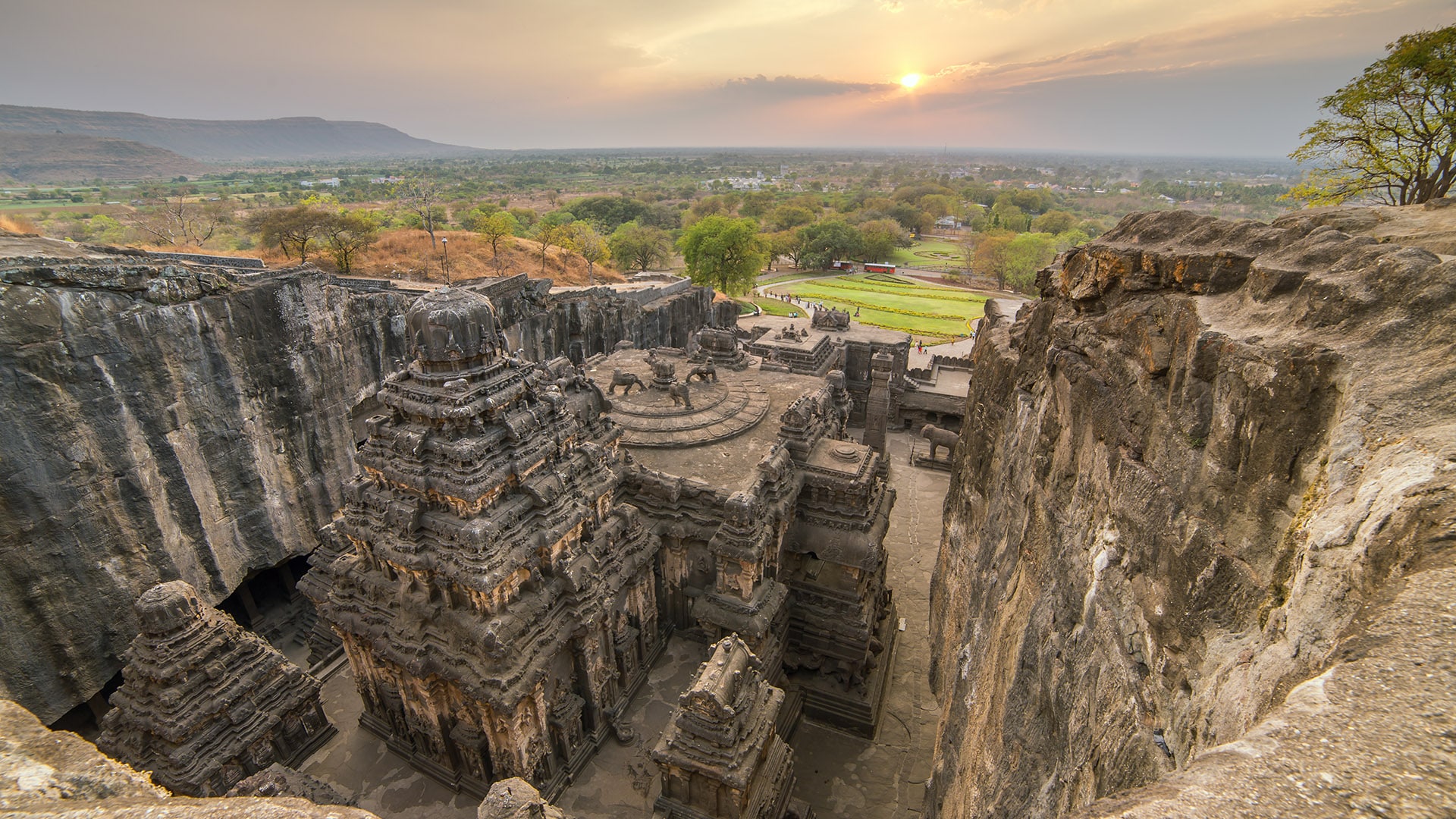
The Ajanta and Ellora Caves stand as jewels in India’s cultural and architectural crown, earning the distinguished recognition as UNESCO World Heritage Sites. These magnificent cave complexes, dating back to the 2nd century BCE, offer a breathtaking journey into the rich tapestry of ancient Indian art and spirituality.
The Ajanta Caves, a testament to Buddhist artistry, are a series of 29 rock-cut caves adorned with intricately carved sculptures and vibrant murals. Carved into the horseshoe-shaped rock surface, these caves showcase exquisite depictions of Buddha’s life, celestial beings, and intricate details of daily life in ancient India. The artistry, achieved through a meticulous process of carving and painting, reflects a harmonious blend of religious fervor and artistic finesse.
In contrast, the Ellora Caves represent a harmonious convergence of Hindu, Jain, and Buddhist craftsmanship. Carved from solid rock, the Ellora complex comprises 34 caves spanning over a millennium, from the 6th to 11th centuries. The Kailasa Temple, an architectural marvel within Ellora, stands as one of the largest monolithic structures globally, depicting scenes from Hindu mythology with unparalleled grandeur.
Both Ajanta and Ellora, though distinct in religious themes, share a common thread of artistic brilliance that transcends time. The caves provide a captivating narrative of India’s spiritual evolution and the evolution of its artistic expression over centuries. The intricate carvings, sculptural reliefs, and vibrant frescoes serve as a testament to the ingenuity of ancient Indian craftsmen, making Ajanta and Ellora a pilgrimage for art enthusiasts and history aficionados alike. These UNESCO World Heritage Sites stand as enduring symbols of India’s cultural heritage, inviting visitors to delve into the profound depths of its ancient past. [Top 15 Tourist Destinations of Maharashtra]
3. Pune – The Oxford of the East.
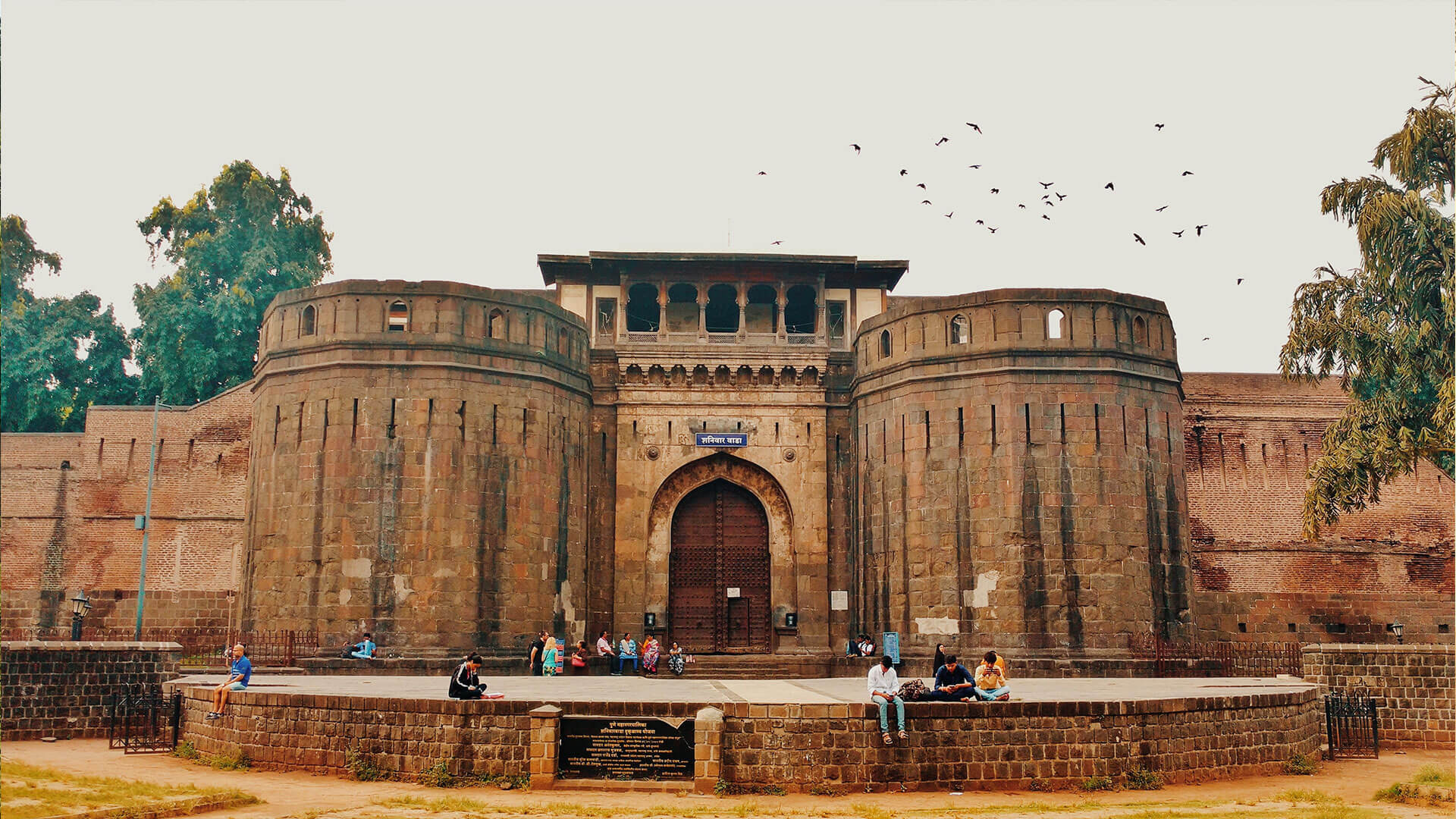
Pune, often hailed as the “Oxford of the East,” stands as a beacon of academic excellence and cultural vibrancy in India. This title is a testament to the city’s rich educational legacy and its status as a prominent center for learning and research.
Home to some of India’s premier educational institutions, Pune boasts a cluster of universities, colleges, and research centers that have consistently upheld rigorous academic standards. The University of Pune, now known as Savitribai Phule Pune University, has played a pivotal role in shaping the intellectual landscape of the region since its establishment in 1949. The city is also host to prestigious institutions like Fergusson College, Symbiosis International University, and the Armed Forces Medical College, among others.
The moniker “Oxford of the East” reflects not only the concentration of educational institutions but also the cultural and intellectual milieu that pervades the city. Pune has been a nurturing ground for renowned scholars, scientists, and literary figures, contributing significantly to the fields of science, literature, and social reform.
Beyond academia, Pune’s lush green campuses, historical landmarks, and vibrant cultural scene contribute to the overall ambiance of intellectual pursuit. The city’s thriving student community, diverse cultural events, and the presence of numerous research and development centers make it a hub for innovation and learning.
In essence, Pune’s moniker as the “Oxford of the East” encapsulates its commitment to education, knowledge dissemination, and the fostering of an intellectually stimulating environment, making it a destination that not only imparts education but also shapes the minds that will influence the future.
4. Lonavala and Khandala – Serene Hill Stations.
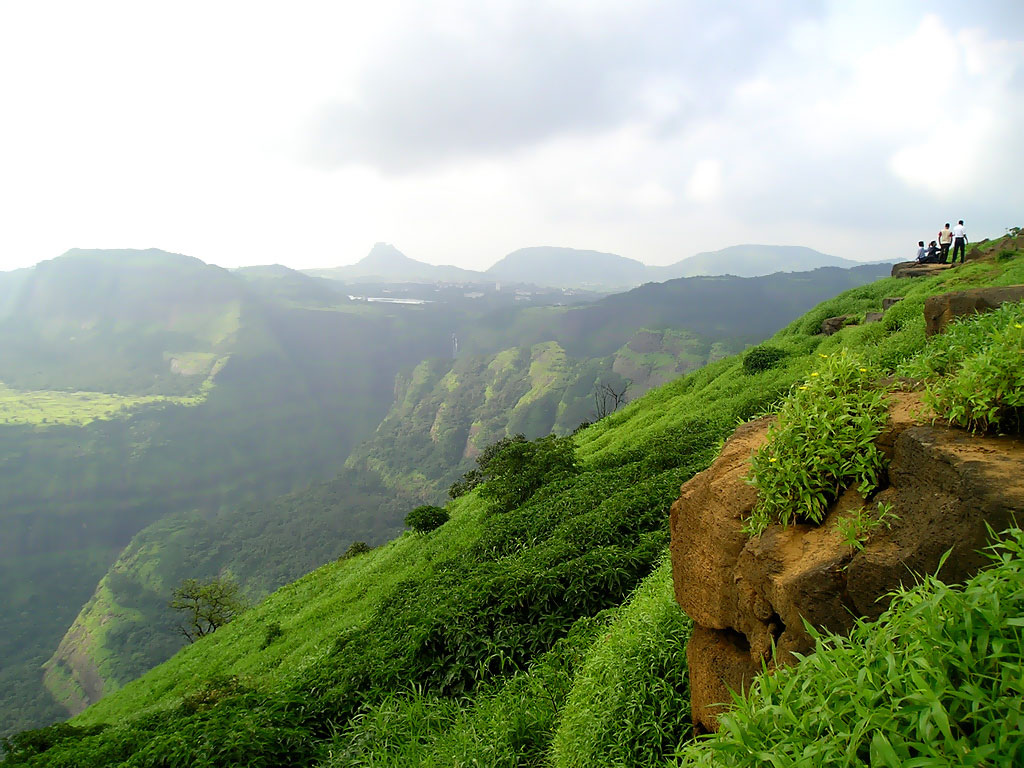
4. Mahabaleshwar – Queen of the Western Ghats:
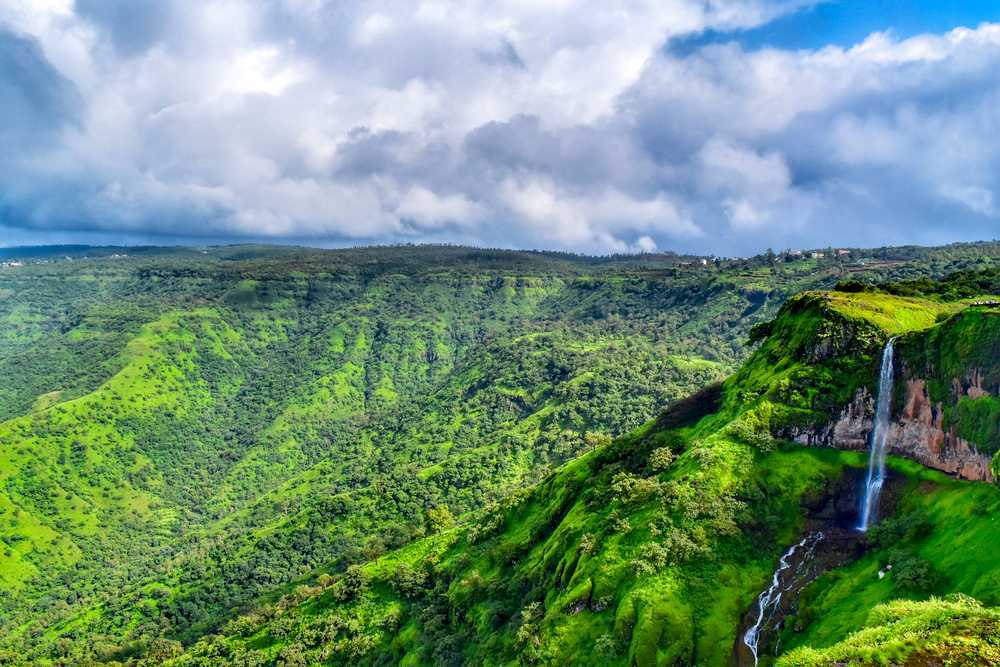
Perched atop the Sahyadri Range in Maharashtra, Mahabaleshwar reigns as the “Queen of the Western Ghats,” a title befitting its majestic landscapes and serene charm. Blessed with lush greenery, breathtaking viewpoints, and a salubrious climate, Mahabaleshwar has long been a favored hill station, enticing travelers with its natural allure.
The town is renowned for its sprawling strawberry farms, which thrive in the cool and misty climate. The panoramic vistas from popular viewpoints like Arthur’s Seat, Kate’s Point, and Wilson Point captivate visitors, offering sweeping views of the surrounding valleys and hills. The iconic Venna Lake adds to the town’s picturesque charm, where boating and leisurely strolls along the lakeside become cherished pastimes.
Mahabaleshwar also boasts historic significance, with the ancient Mahabaleshwar Temple dedicated to Lord Shiva drawing pilgrims and history enthusiasts alike. The old-world charm of colonial-era architecture, exemplified by structures like Pratapgad Fort, adds a layer of cultural richness to the town.
The Queen of the Western Ghats embraces a diverse range of flora and fauna, making it a haven for nature lovers. With its mist-covered hills, gurgling waterfalls, and fragrant evergreen forests, Mahabaleshwar offers a tranquil escape from the urban clamor, inviting visitors to immerse themselves in the serenity and beauty of this hill station jewel.
5. Aurangabad – The City of Gates:

Aurangabad, a city in the heart of Maharashtra, is aptly nicknamed the “City of Gates” owing to its historical prominence and the presence of several imposing gateways that once formed a part of its defensive fortifications. This title alludes to the city’s rich Mughal heritage, particularly during the reign of Aurangzeb, who made it his capital during the late 17th century.
The most famous among these gates is the Bibi Ka Maqbara, often referred to as the “Taj of the Deccan.” Built by Aurangzeb in memory of his wife, Dilras Banu Begum, this architectural marvel echoes the grandeur of the iconic Taj Mahal, showcasing Mughal aesthetic finesse.
The city’s fortifications, represented by thirteen historical gates, reflect an era when Aurangabad was a significant military stronghold. Each gate is not merely a passage but a portal into history, with names like Alamgir, Bhadkal, and Paithan Gate resonating with tales of battles and strategic significance.
Beyond its gates, Aurangabad embraces a rich cultural tapestry. The UNESCO World Heritage Sites of Ajanta and Ellora Caves lie in close proximity, drawing history enthusiasts and art aficionados from around the globe. Aurangabad, with its architectural splendors and cultural heritage, stands as a living testament to the grandeur of Mughal history in the heart of Maharashtra.
7. Alibaug – Tranquil Beach Getaway.
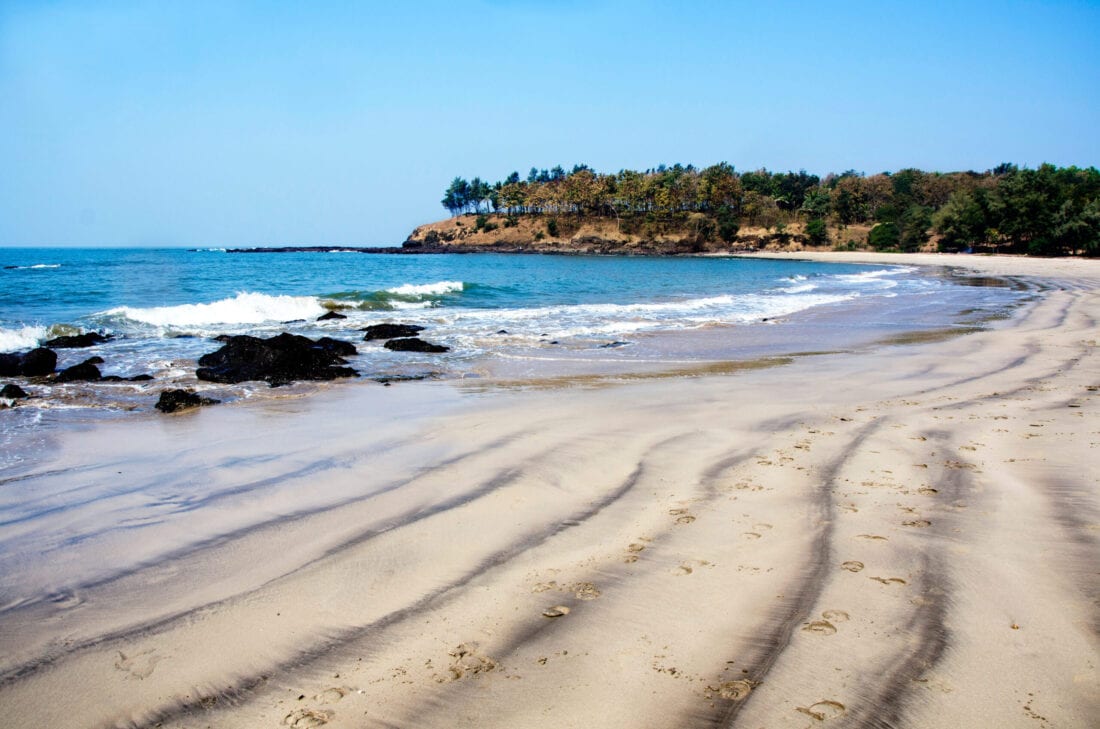
8. Ratnagiri – Mango Paradise.
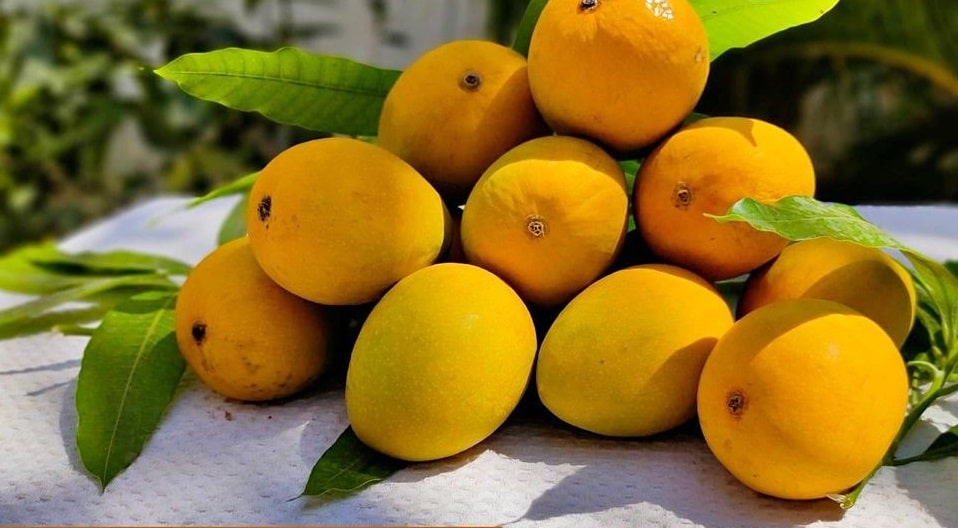
9. Matheran – Asia’s Only Automobile-Free Hill Station.
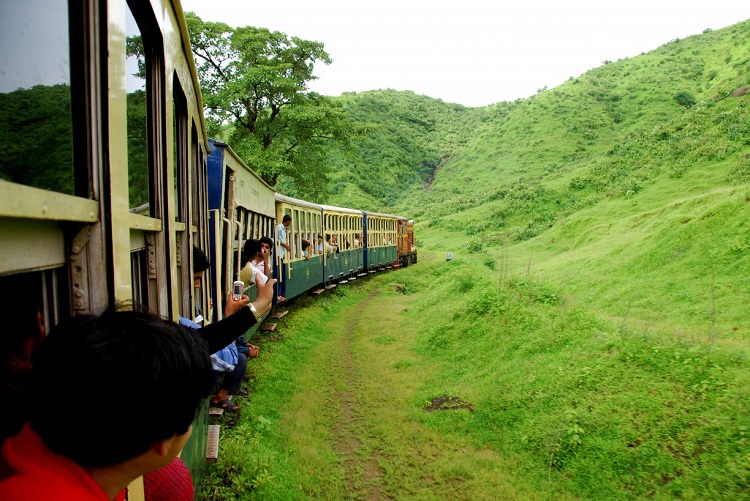
10. Panchgani – Scenic Plateau.

11. Igatpuri – Misty Hills and Vipassana Centre
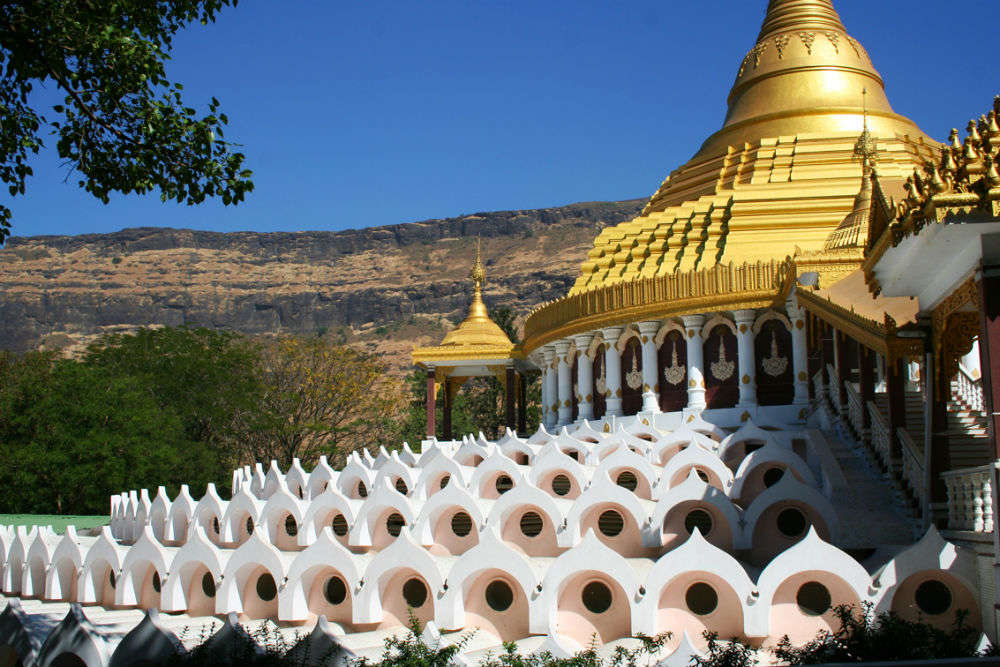
12. Amboli – Unexplored Gem of the Sahyadris.
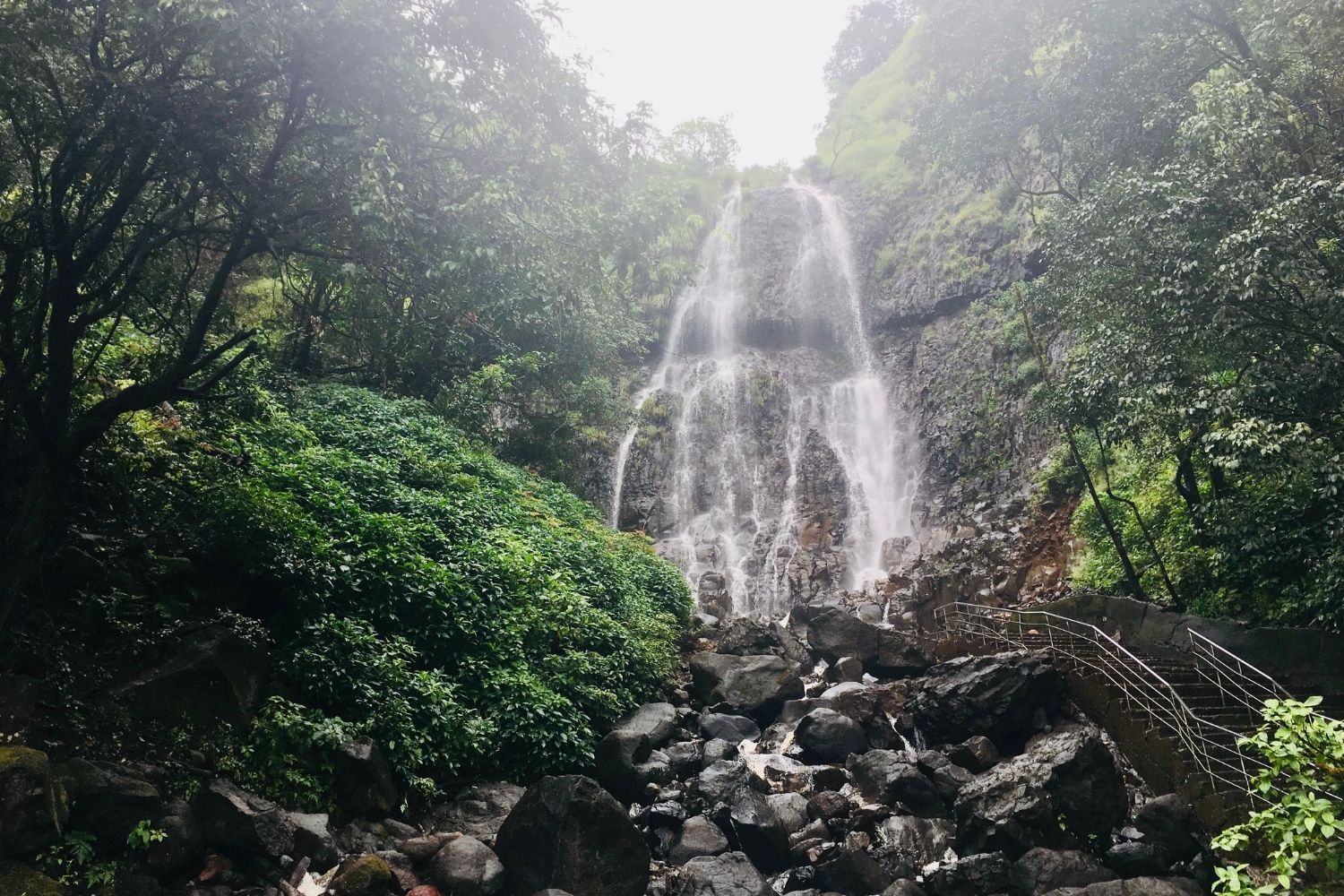
14. Chikhaldara – Only Coffee Growing Hill Station
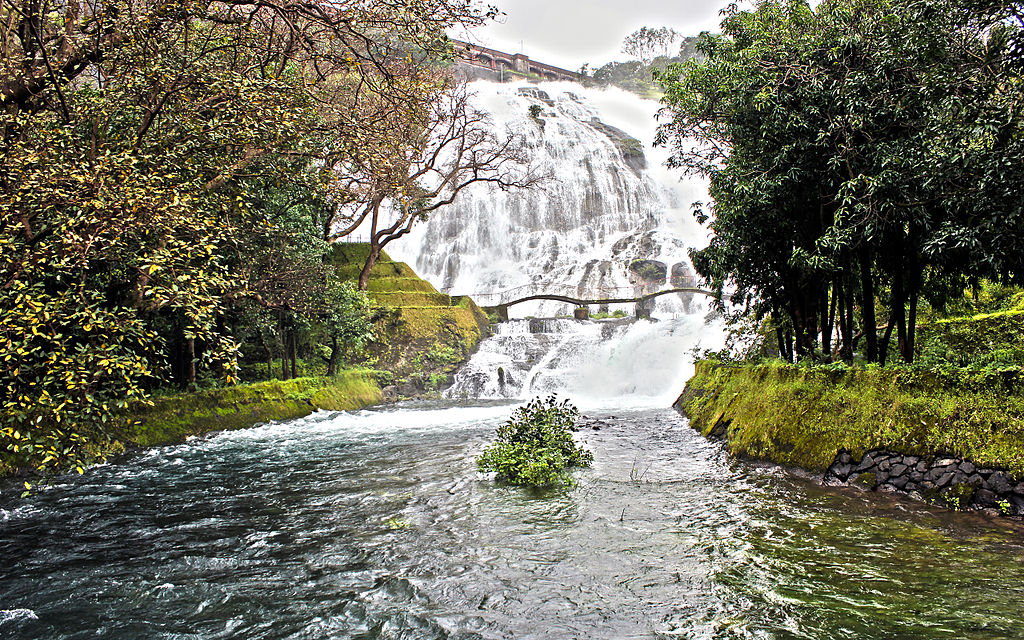
13. Bhandardara – Lakeside Retreat.

Top 15 Tourist Destinations of Maharashtra [FAQs]
1. What are the key attractions in Mumbai, Maharashtra?
Explore iconic landmarks like the Gateway of India, Marine Drive, and the historic Chhatrapati Shivaji Maharaj Terminus in the vibrant city of Mumbai.
2. How can I plan a trip to Ajanta and Ellora Caves from Mumbai?
Consider flying to Aurangabad or taking a train. From there, it’s a short drive to the UNESCO-listed Ajanta and Ellora Caves, showcasing ancient rock-cut architecture.
3. Which hill station is recommended for a weekend getaway near Pune?
Lonavala, located just a few hours from Pune, is a popular choice for a quick escape. Discover scenic landscapes, waterfalls, and historical forts in this charming hill station.


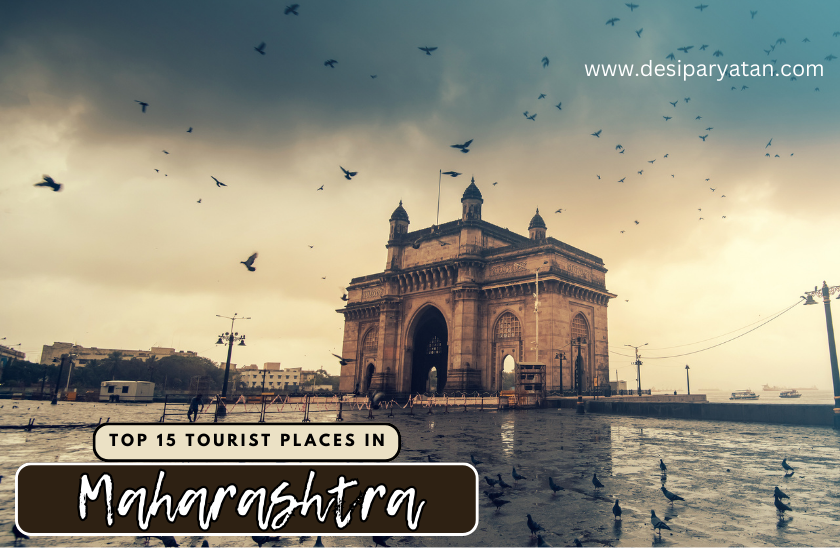

2 Comments